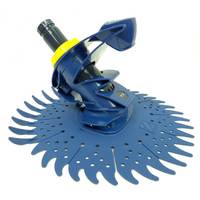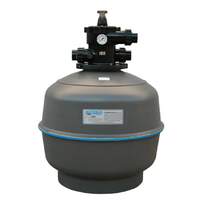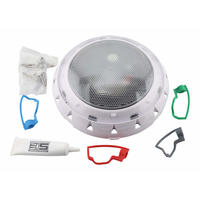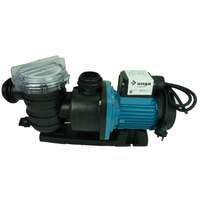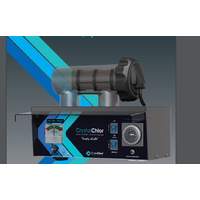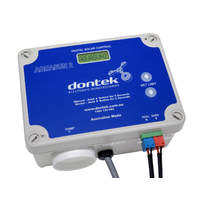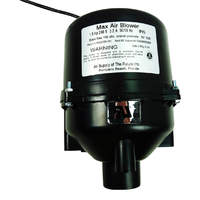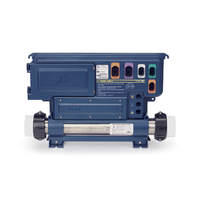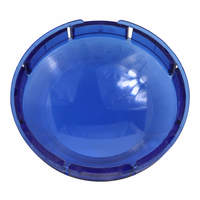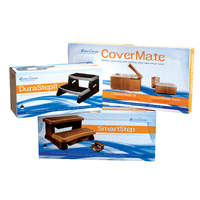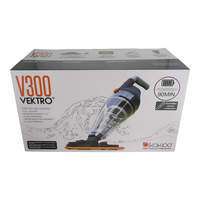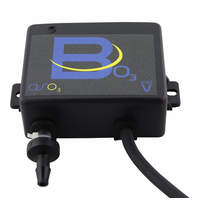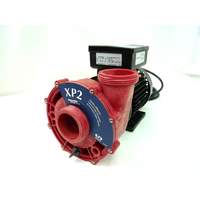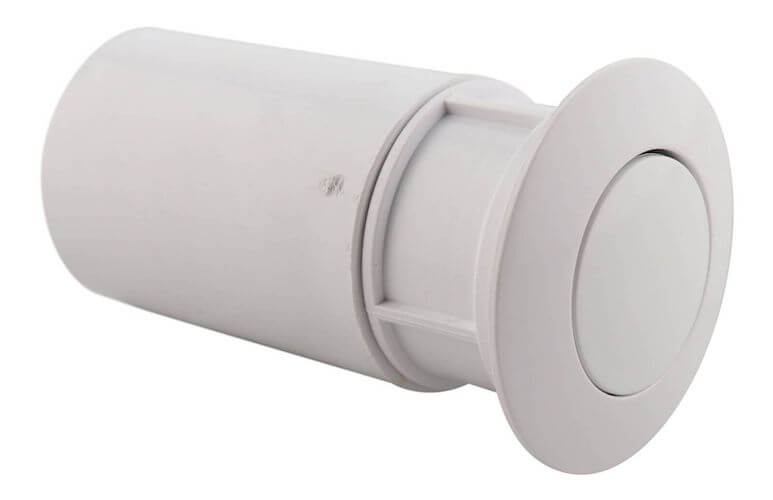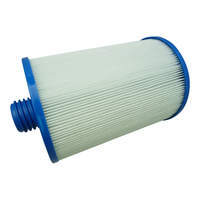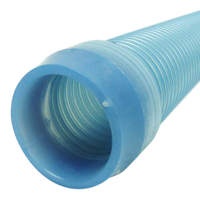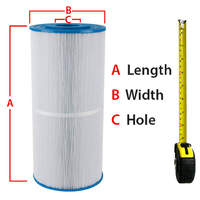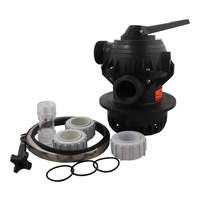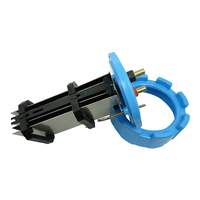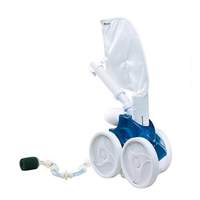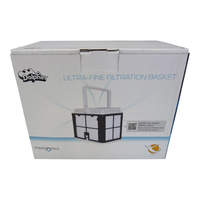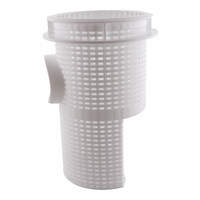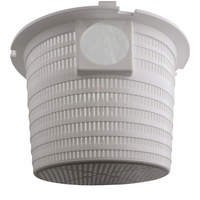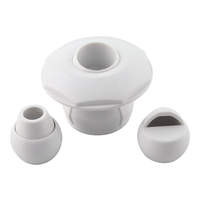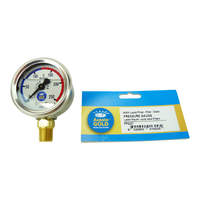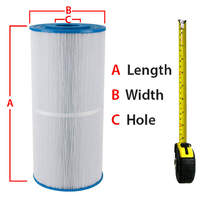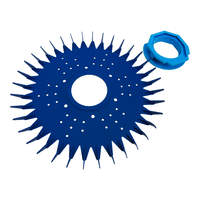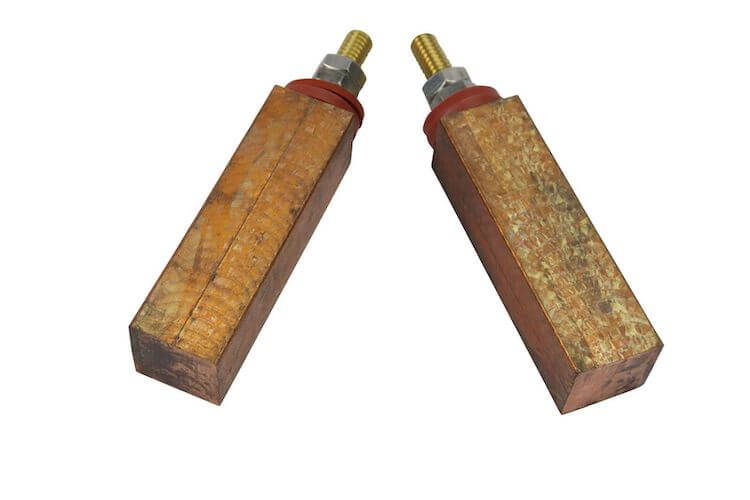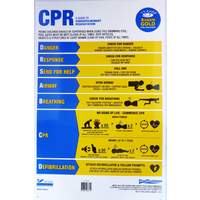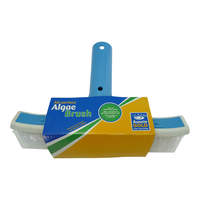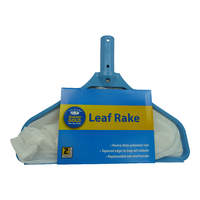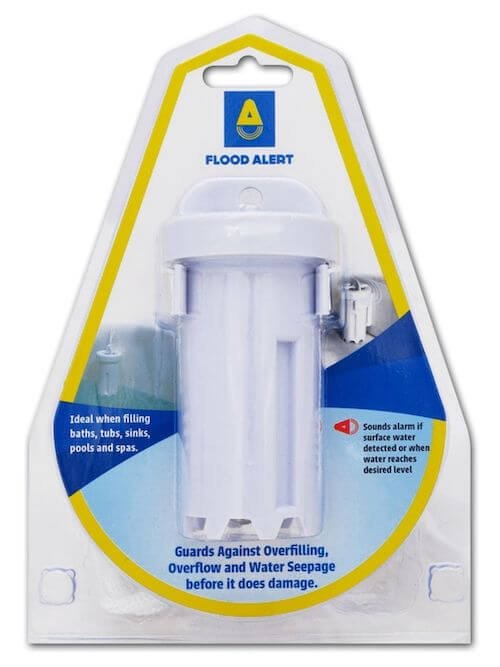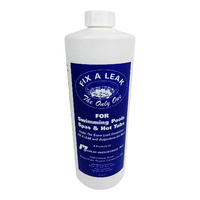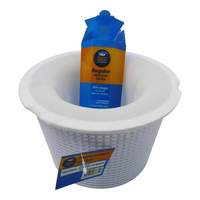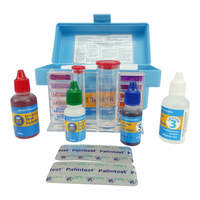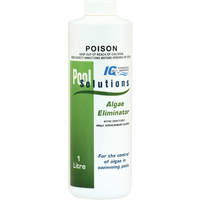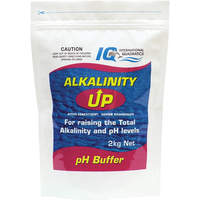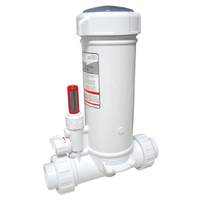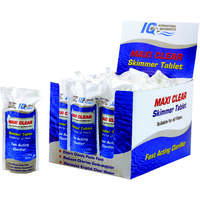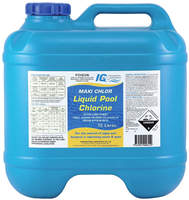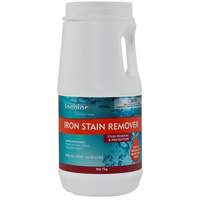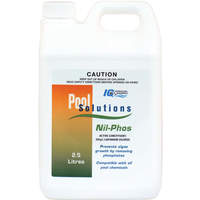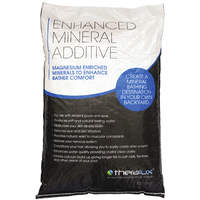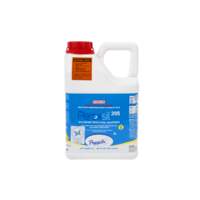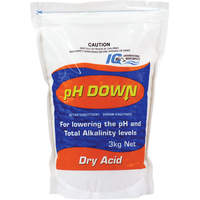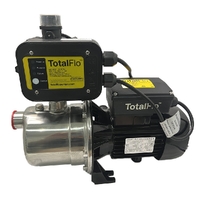How to Vacuum a Pool Manually

Everyone is informed of the basics of cleaning. You can scrub the floors and take out any floating dirt on your pool but, the truth is, that is not enough. Here is how to vacuum a pool manually.
A swimming pool is one of the highlights of any home. It is the one place where everyone can lounge in between taking dips in the pool, and it is an activity that can bring family and friends closer together. Whether it is a birthday party, a relaxed outdoor BBQ session, or you simply want to stave off the sweltering summer heat; Keeping your pool in its tip-top condition will help you enjoy it no matter what day it is of the year.
Cleaning your pool is necessary to have peace of mind. Having a consistent routine in place for its cleaning will ensure the comfort it brings, protects and preserve your pool equipment, and keep it safe and clean for you and your loved ones to enjoy. Apart from an all-year-long enjoyment, keeping your pool clean will also help you prolong its life and save you from future repair costs. Investing in your pool’s care now will help prevent bigger expenses in the future.
Everyone is informed of the basics of cleaning. You can scrub the floors and take out any floating dirt on your pool but, the truth is, that is not enough. There are more dirt, debris, and bacteria swimming around your pool than what the human eye can see.
After you had your swimming pool set up, you may have already brushed over traditional pool cleaning methods. These are already probably the cleaning routines you have in place, and one of the most important ones is manual pool vacuuming.
With the introduction of automatic pool cleaners, you may have already written off manual pool vacuuming. While we believe that automated cleaners are essential to your pool’s upkeep as well, it can pump back dirt into the water. If you are dealing with something that takes more than casual, hands-off pool cleaning, then a manual pool vacuum will be what you need to get your swimming pool back to its good condition.
To get you started on a fuss-free, clean time with your manual pool vacuum, read this article, and we will equip you with all the information you need!
What will you need to manually vacuum your pool?
- A Vacuum Head or otherwise known as a vac head.
- A Telescopic Pole that you will need to attach to the vacuum head or vac head
- A Vacuum Hose that will need to be long enough to reach every part of your pool! Make sure that it is not too short, or else you will not be able to clean your swimming pool thoroughly.
- A Skim Vac or also known as a vacuum plate. This is not a necessity but can be extremely helpful if your pool’s situation calls for it.
- A Scrub Brush is one of the vital parts of a manual pool vacuum and is one that you attach to the telescopic pole.
Once you have all these tools in your arsenal, it is time to pull your sleeves up and get to cleaning! A quick tip is that you can ask for your family’s help; Trust us, it will be a fun bonding experience, and you get to have some chores done at the same time!

Now, it’s time to learn how you can put these things together, and put your manual vacuum cleaner to work.
How do you use these pieces of equipment in cleaning your pool?
1: You should take the vacuum head and attach it to the open end of the telescopic pole.
2: Take your vacuum hose and attach one end to the top of the vacuum head. In case the hose slips off even though you attached it firmly, you can use a hose clamp or other similar materials.
3: Once you’ve attached the pole, hose, and vacuum head, you should place it in the pool. Do it in a way that it reaches to the bottom and the vac head is on the floor of the pool.
4: Get your pool pump and filter running. After, you take the other end of the hose and place it against the return jet of the pool. Doing this will push water through the hose, which will be able to get all of the air out. Look out for the bubbles coming from the vacuum head. Once the bubbles stop coming up, you will know that the air is out of the hose.
5: If you are not using the vacuum plate, you should remove the basket from inside the skimmer, and block the end of the hose that was filled up with water. After which, you can bring it over and into the skimmer. To ensure that the hose has been properly inserted into the suction hole.
However, if the vacuum plate is being used, you should then attach it to the end of the hose that is situated up against the return jet. Then, you have to block the opening and place it over to the skimmer. Double-check that you create a good seal or else you will risk losing suction!
If the suction, unfortunately, gets lost, all you have to do is repeat steps 4 and 5, and you should be well on your way.
How does the manual pool vacuum actually work in cleaning your pool?
Once you have set up your manual pool vacuum correctly, you then start using it at the shallow end of the pool. Slowly and surely move towards the deeper end of the pool, working your way to clean every area that you pass through.
We recommend that you use slow, long, and sweeping strokes in using your manual pool vacuum. One way to ensure that you will not miss a spot is to make your strokes overlap ever so slightly so that no debris or dirt will be left behind.
We emphasize the fact that you should do this slowly and surely. If you do it haphazardly in a rush, you may end up kicking up debris that will muddy the water and reduce visibility. It can take a long time, maybe even up to hours, before it settles down and you can clean again. Clean slowly, or else you will have to waste time waiting before you can get the job finished.
Sometimes though, debris is inevitable if your pool needs some intense cleaning. You will likely cause a cloud no matter how careful you are with your strokes. However, it is still recommended that you go by it carefully to save yourself from unnecessary work.
Another problem that can arise is that the vacuum head may become stuck. A quick fix for this is that you can switch off the pump for just a moment. Doing this will break the vacuum force and set it free from being stuck!
How often do you actually need to vacuum your pool?
Here is the misconception we would like to bust right now: you shouldn’t wait for the swimming pool to become visually dirty before you start cleaning it.
The rule of thumb here is that you should clean your pool weekly. The weekly routine should consist of the following tasks: test your pH levels which should be around 7.4 to 7.6, then adjust your pool chemicals accordingly. After which you need to test the free available chlorine levels, which should be approximately 1.0 to 3.0 million PPM or parts per million. Again, you should adjust the chlorine levels as the situation calls for. Lastly, skim your pool for debris, insects, or leaves then empty your skimmer basket.
We recommend a more consistent cleaning schedule during the summer when the swimming pool is in constant use. Otherwise, you can look after the swimming pool at least once every two weeks to make sure that it will still be ready for those spontaneous swimming moments.
Other ways you can keep your pool at its best all year round
An alternative to your pool’s manual vacuum cleaning is robotic cleaners. This takes the manual labour to minimal to none. It is an independent cleaner that makes use of electricity to clean your pool. It is simple, straightforward, and requires very little human intervention.
Pressure-side pool cleaners are a great option as well since these attach to your return line and utilise the water pressure coming from your filter system. The power there is used to boost a self-contained automatic cleaner to go around your swimming pool to essentially pick up the debris and store it into a filter bag.

No matter what cleaning method you choose, it all boils down to how thorough and consistent you are with it. Be sure to look after your swimming pool well so that you and your loved ones can enjoy it for many more years to come!
Aquaneo has everything you will ever need for pool care and maintenance. Don’t hesitate to drop by our site and ask any questions! We will be more than happy to help you.

